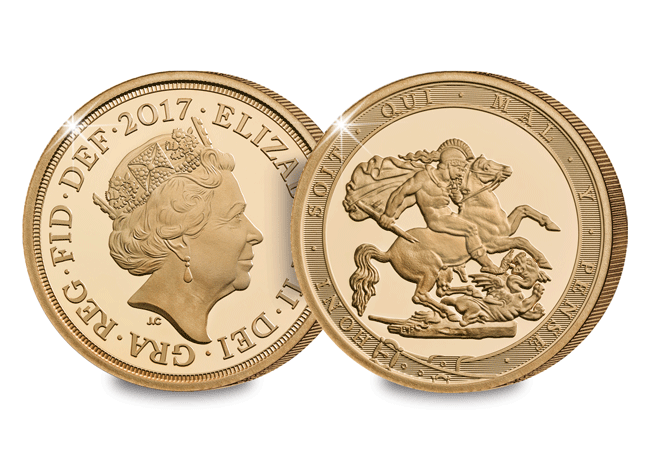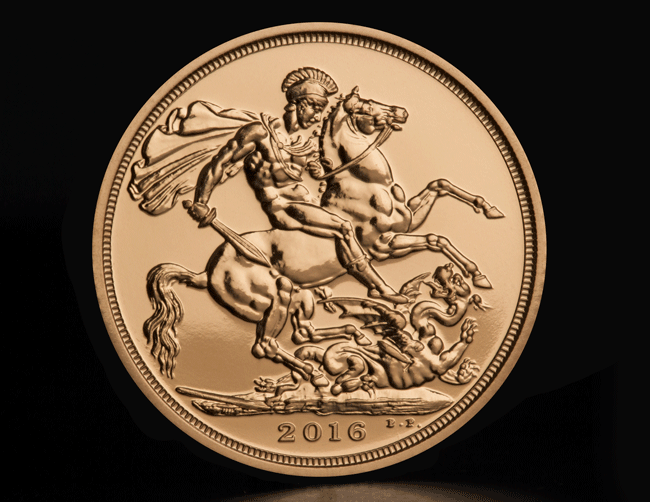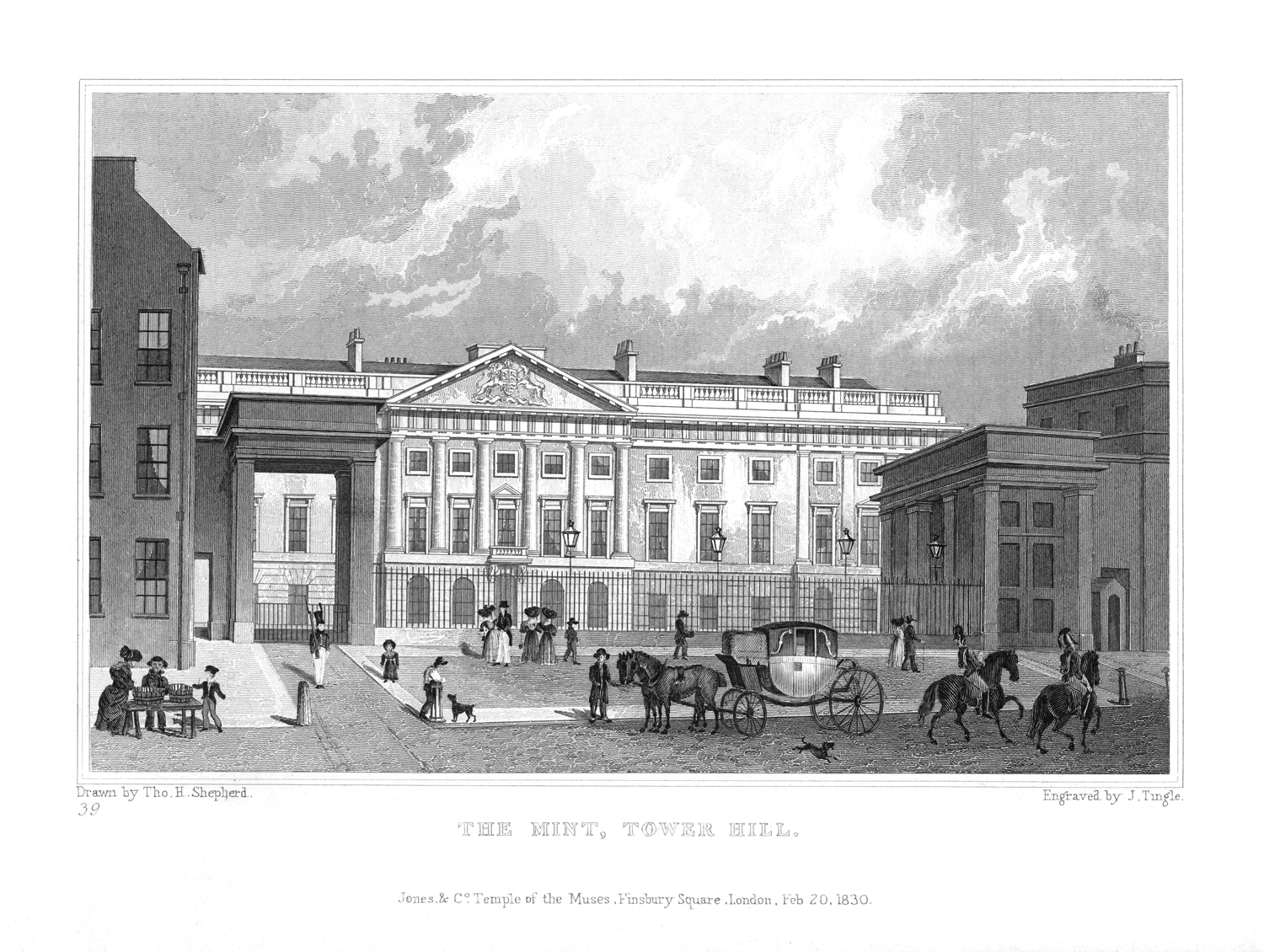Posts by Lauren Brewer
200 years of the Sovereign. Part IV: The Empire Years…
In Part III, I explored the history of Benedetto Pistrucci’s timeless St. George and the Dragon design used on the Gold Sovereign until its exile in 1825. But that wasn’t the end. It was revived nearly 50 years later in 1871…
The Gold Sovereign reached the height of its prominence and prestige under the record-breaking reign of Queen Victoria as the British Empire expanded.
The ‘chief coin of the world’
The Gold Sovereign was legal tender in 36 colonies during the 1860s and was widely used in countries with no allegiance to the British crown which prompted leading British economic historian, Sir John Clapham to name it ‘chief coin of the world’.
What you may not realise is that not all of these coins were struck in Britain. Sovereigns were struck in many dominions of the British Empire.
International Production
Between 1871 and 1932, Sovereign production was spread over four continents outside of Europe: North America, Australia, Africa and Asia, with branches of The Royal Mint in a number of major international cities.
In order to distinguish where the Sovereigns were minted, The Royal Mint used a variety of mint marks.
These were either a letter or several letters to show its origin. They are found on the coin’s reverse, above the inner two numbers of the date.
Mintmarks from across the World
AUSTRALIA – Gold was discovered in New South Wales in 1851 and three branch mints opened in Sydney, Melbourne and Perth. The mintmarks here bore the initial of the city they were manufactured in.
SOUTH AFRICA – the African Sovereign is identified by its initials ‘SA (South Africa) and was struck in Pretoria.
CANADA – Despite experiencing its first gold rushes earlier than Australia, a branch mint did not open in Canada until 1908. Sovereigns produced in Canada were marked with a ‘C’ signifying its Canadian origin. The Canadian Sovereign almost certainly contains gold from the Yukon.
INDIA – Sovereigns struck in India are identified by the country’s initial ‘I’. Sovereigns here were only produced during the year 1918, so they are particularly rare and a target for collectors.
During the reign of King George V, the British Empire reached its territorial peak. It had risen to become the largest formal empire the world had ever seen, holding sway of over 25% of the globe’s population and landmass.
The Gold Sovereign emulated the success of the Empire – it was the go-to coin for international trade. The Sovereign was the most trusted and popular of all gold coins circulating throughout the world.
But its reign as the King of Coins came under threat. The outbreak of World War I in 1914 and the economic crisis in 1931 seemed to put the Sovereign’s future into jeopardy. Was this the end?
Find out in Part V of our 200 years of the Sovereign Blog Series – click here to read >>
Announcing the new UK Bicentenary Gold Proof Sovereign
To mark the Bicentenary of the “modern” Gold Sovereign in 2017, The Royal Mint have just released a brand new Gold Proof Sovereign reprising Benedetto Pistrucci’s original engraving from 1817.
With a low edition limit of just 10,500 worldwide, a special one-year-only design change and a fine proof finish, the 2017 Bicentenary Gold Sovereign has all the elements to be one of the most collectable British gold coins of the 21st century. And now you can own one.
Click here to secure yours today >>
200 years of the Sovereign. Part III: Benedetto Pistrucci’s Timeless Design…
In my last post I explored one of the most monumental events in the history of British coinage, the Great Recoinage when the Master of the Mint decided to bring back the Sovereign as Britain’s new flagship gold coin. Now, I explore its truly timeless design created by Benedetto Pistrucci.
As designer of the original ‘modern’ Gold Sovereign, Benedetto Pistrucci’s name has become synonymous with the coin. Born in Rome in 1783, Pistrucci took an interest in art from a young age and was trained by two of the leading engravers of the time.
But his fate was not in Rome. He moved to Paris in 1814 and then to London the following year.
And it was here that he really made a name for himself.
Pistrucci became a successful and wealthy cameo designer and maker and in 1815 he met William Wellesley Pole, the Master of the Mint, who admired his work. Pole was barred from appointing a foreigner to a crown office but when the Chief Engraver of the Mint retired, Pistrucci succeeded him in all but title.
As part of the Great Recoinage, Pistrucci was tasked with designing the new Sovereign. It was essential for the design to be considerably different from the Guinea to avoid confusion between the two coins.
The timeless design
Pistrucci’s initial inspiration for the design derived from Lady Spencer, to whom he had been introduced to by the Master of the Mint, who showed him a wax model of St. George.
Pole agreed that the patron Saint of England would undoubtedly be a fitting choice for the design for the new flagship coin.
So, Pistrucci created his masterpiece using a waiter from a hotel in Leicester Square as his model.
His St. George and the Dragon design featured on all Sovereigns and Half Sovereigns from 1817 until 1825 with a modification in 1820 when Pistrucci exchanged St. George’s shattered lance for a short sword.
Pistrucci was removed from the mint in 1825 following in-house fighting and a dispute with the King over a portrait and his original St. George & the Dragon design began a 46 year exile.
But that was not the end of his beautiful design. It was revived nearly 50 years later in 1871…
Find out why in Part IV of our 200 years of the Sovereign Blog Series – click here to read it >>
Announcing the new UK Bicentenary Gold Proof Sovereign
To mark the Bicentenary of the “modern” Gold Sovereign in 2017, The Royal Mint have just released a brand new Gold Proof Sovereign reprising Benedetto Pistrucci’s original engraving from 1817.
With a low edition limit of just 10,500 worldwide, a special one-year-only design change and a fine proof finish, the 2017 Bicentenary Gold Sovereign has all the elements to be one of the most collectable British gold coins of the 21st century. And now you can own one.
Click here to secure yours today >>
200 years of the Sovereign. Part II: The Great Recoinage…
In my last blog post, I explored the roots of the Gold Sovereign from its very beginning in 1489, before it was forgotten for over 200 years, until 1816, when something momentous happened in the history of British coinage. Let me explain.
In the early 19th century, the effects of the French Revolutionary Wars and the Napoleonic Wars led to severe financial instability in Great Britain. A number of bad harvests pushed food prices up and limited silver and copper supplies resulted in a coin shortage.
The Great Recoinage
The need to stabilise the currency became crucial and The Great Recoinage was the first step in this process.
The aim was to re-introduce silver coinage and the decision was also made to change the country’s gold coinage to replace the Guinea, Britain’s major coin of the 18th century.
And so the ‘modern’ Gold Sovereign was born.
Struck in the same 22 carat gold as the gold Guinea and 20/21 of its weight with a £1 denomination, it was decided to return back to Henry VII’s era for its name.
The new Sovereign was a decided contrast to its medieval predecessor. It was half the weight and just over half the diameter of the 1489 version. But the Sovereign had not been heard of for more than 200 years and was not widely known at the time.
So it was up to the Master of the Mint to change this…
A new era for coin production
William Wellesley Pole was tasked to reintroduce the Sovereign and bring the ancient institution of The Royal Mint into the age of Industrial Revolution.
Pole decided to move The Royal Mint from its cramped traditional home in the Tower of London to nearby Tower Hill in a purpose built facility, which featured brand new steam powered coin presses.
This was a revolutionary move for the Mint.
And with the new facility in place, Pole turned to his protégé, Benedetto Pistrucci to design the new flagship gold coin.
And he created something truly timeless…
Find out about Benedetto Pistrucci’s design in Part III of my 200 years of the Sovereign Blog Series – Click here to read it.
Announcing the new UK Bicentenary Gold Proof Sovereign
To mark the Bicentenary of the “modern” Gold Sovereign in 2017, The Royal Mint have just released a brand new Gold Proof Sovereign reprising Benedetto Pistrucci’s original engraving from 1817.
With a low edition limit of just 10,500 worldwide, a special one-year-only design change and a fine proof finish, the 2017 Bicentenary Gold Sovereign has all the elements to be one of the most collectable British gold coins of the 21st century. And now you can own one.
Click here to secure yours today >>







